1. int (*p)[5]
is called a Pointer to an Array(Array Pointer). We can declare a pointer that can point to whole array instead of only one element of the array.This pointer is useful when talking about multidimensional arrays.
In this example p is pointer that can point to an array of 5 integers.
/*Pointer to an array*/
#include<stdio.h>
int main(void)
{
int *ptr; /*can point to an integer*/
int (*p)[5];/*can point to an array of 5 integers*/
int arr[5];
ptr=arr;/*points to 0th element of arr*/
p=&arr;/*points to the whole array arr*/
printf("ptr=%p,p=%p\n",ptr,p);
ptr++;
p++;
printf("ptr=%p,p=%p\n",ptr,p);
return 0;
}
Output:
ptr=0012FEAC,p=0012FEAC
ptr=0012FEB0,P=0012FEC0
Here ptr is pointer that points to 0th element of array arr,while p is pointer that points to the whole array arr.The base type of ptr is int while base type of p is ‘an array of 5 integers’.
We know that pointer arithmetic is performed relative to the base size,so if we write p++ then the pointer will be shifted forward by 20 bytes.
2. Now coming to *p[5]:
This is called Array of Pointers(Pointer Array)
Correct syntax is datatype *arrayname[size];
We can declare an array that contains pointers as its elements.Every element of this array is a pointer variable that can hold address of any variable of appropriate type.
/*Array of pointers*/
#include<stdio.h>
int main(void)
{
int *p[5];
int i,a=5,b=10,c=15;
p[0]=&a;
p[1]=&b;
p[2]=&c;
for(i=0;i<3;i++)
{
printf("p[%d]=%p\t",i,p[i]);
printf("*p[%d]=%d\n",i,*p[i]);
}
return 0;
}
Output:
p[0]=0012FEB4 *p[0]=5
p[1]=0012FEA8 *p[1]=10
p[2]=0012FE9C *p[2]=15
I hope this explanation along with examples will clear your concepts.
Hope this is helpful :)
